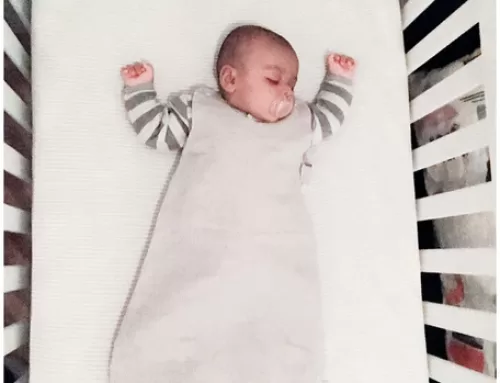Sleep Training Methods
Are you a new parent struggling with getting enough sleep because your baby is not sleeping through the night? If so, sleep training may be the solution you need. Sleep training is the process of teaching your baby to fall asleep independently and sleep through the night without relying on external help. In this article, we’ll discuss some of the most common sleep training methods, including those we previously explored in our articles about Montessori sleep training, sleep training, and the cry-it-out method.
Montessori Sleep Training
The Montessori sleep training method is a gentle approach to sleep training that is based on the principles of the Montessori philosophy. This method involves creating a safe and soothing sleep environment that encourages your baby to develop self-soothing skills. Montessori sleep training emphasizes the importance of allowing your baby to move freely and explore their surroundings, even while sleeping. It involves using a floor bed instead of a crib, which allows your baby to move in and out of bed as they please. Montessori sleep training encourages parents to be present and responsive to their baby’s needs while also allowing them to develop independence.
Cry It Out Method (CIO)
The cry it out (CIO) method involves putting your baby to bed and allowing them to cry until they fall asleep. The goal of this method is to help your baby learn to self-soothe and fall asleep on their own without external help. The CIO method can be challenging for parents because it involves listening to their baby cry, but it can be an effective method for some babies. It’s important to note that the CIO method is controversial, and opponents of this method claim that it can be harmful to babies’ emotional well-being, causing long-term stress and anxiety.
Other Sleep Training Methods
Aside from the methods we’ve previously discussed, there are other sleep training methods that parents can consider. These methods include:
Graduated Extinction Method: The graduated extinction method, also known as the Ferber method, is a modified version of the cry-it-out method. This method involves letting your baby cry for increasingly longer periods before going in to check on them. The goal is to gradually increase the amount of time your baby can self-soothe before needing external help. The Ferber method is less controversial than the CIO method because it involves gradually reducing the amount of time parents spend comforting their baby rather than abruptly stopping it altogether.
Chair Method: The chair method involves sitting in a chair next to your baby’s crib while they fall asleep. The idea is that your baby will feel comforted by your presence and will learn to associate your presence with sleep. Once your baby is asleep, you can slowly move the chair further away from the crib each night until you’re out of the room altogether.
Pick Up Put Down Method: The pick up put down method involves picking up your baby when they cry and putting them back down once they calm down. The idea is to reassure your baby that you are there for them without encouraging them to rely on external help to fall asleep. This method can be time-consuming and may require a lot of patience, but it is a gentle approach that does not involve leaving your baby to cry.
Bedtime Fading Method: The bedtime fading method involves gradually moving your baby’s bedtime later in small increments until it’s at a more reasonable time. The idea is that your baby will be more tired at bedtime and fall asleep more easily without requiring external help. The bedtime fading method is a gentle approach that works well for babies who have trouble falling asleep at their usual bedtime.
The no-cry sleep solution: The no-cry sleep solution is a gentler approach to sleep training that involves gradually teaching your baby to fall asleep on their own without crying. The method involves identifying the underlying cause of your baby’s sleep difficulties, such as hunger or discomfort, and addressing those issues before bedtime. The no-cry sleep solution can take longer than other sleep training methods, but it’s a gentle approach that avoids leaving your baby to cry.
Final Thoughts
There are various sleep training methods available for parents to consider. The method that works best for your family will depend on your baby’s personality, your parenting style, and your family’s needs. Remember to approach sleep training with patience and consistency, and be prepared to make adjustments as needed. It’s important to keep in mind that every baby is different, and what works for one may not work for another. It’s always a good idea to talk to your paediatrician or a sleep specialist if you have any concerns about your baby’s sleep habits.
Whatever method you choose, remember that a well-rested baby means a well-rested family, and that’s always worth striving for. Sleep training can be a helpful tool for parents who want to help their baby develop healthy sleep habits, but it’s important to approach it with care and attention to your baby’s individual needs. By working with your baby and choosing a method that works best for your family, you can help your little one develop healthy sleep habits that will benefit them for years to come.




